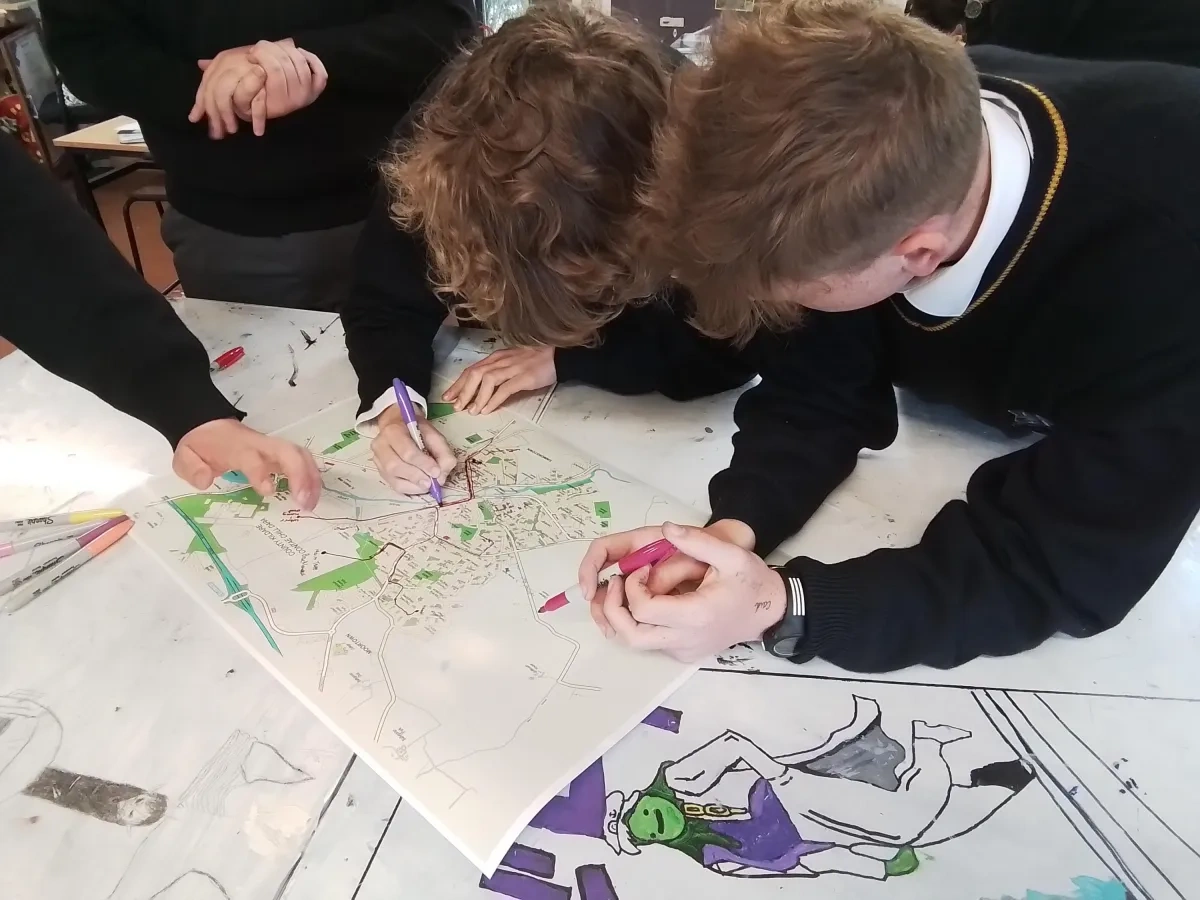

New DCU report highlights what teenagers want in local areas
Dr Baron says that having teenagers become actively engaged in the planning and design consultation process, they can develop a strong sense of ownership of these places and will have an investment in their community.
For this project - entitled ''Somewhere to hang out' - Teenagers' Outdoor Recreational needs in Celbridge. A partnership perspective' - Dr Baron worked with teenagers in Celbridge, Kildare's third most populous town after Newbridge and Naas.
Teenagers involved in Dr Barron's research requested a number of features including multiple seating options, shelter, WIFI, charging ports, well-lit paths, bins, and bicycle racks.
In addition, many requested an outdoor area area, with table tennis tables, a graffiti wall, art area and climbing walls.
“We also found that teenagers in Celbridge wanted several smaller facilities, rather than just one which is centrally located in the town,” said Dr Barron.
“They wanted to see facilities that are aesthetically pleasing and within walking distance of their homes, where they can meet friends in shelter,” she said.
Design
One outcome from the report is that any new outdoor youth facility in Celbridge, or other towns in Kildare are likely to be a joint design effort between design professionals and the teenagers.
“By being actively engaged in the planning and design consultation process, teenagers can develop a strong sense of ownership of these places and will have an investment in their community”, said Dr Barron.
“Teenagers, as well as younger children, have the right to play and recreation under Article 31 of the UN Convention on the rights of the child.
“There is a need for a. broad promotion of the rights of the child at community levels,” said Dr Barron.

Dr Barron also said that new design plans must consider the differences between what teenage boys and teenage girls want to see in their facilities.
“Teenage girls requested a range of smaller spaces, social seating, improving safety with better lighting, putting facilities in well-frequented areas; and providing facilities, such as public toilets,” said Dr Barron.
The project team were Dr Carol Barron, Associate Professor, DCU, Dr Karinda Tolland, Research Assistant, DCU and Ms Mary-Jane Emmett Research Assistant, DCU
